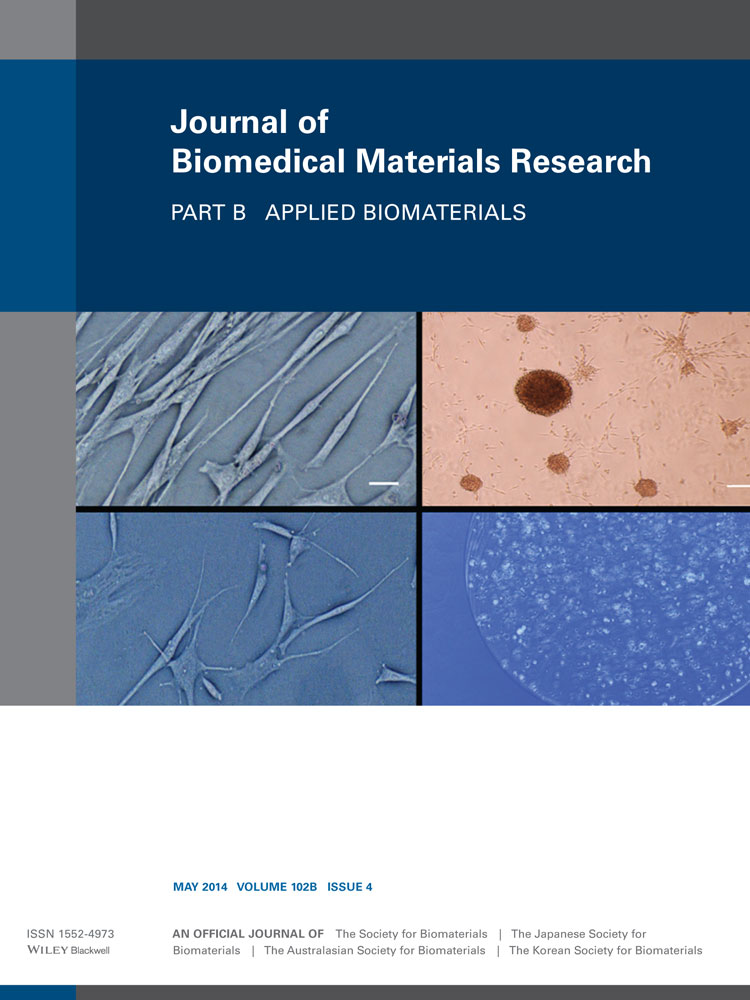Terminal sterilization of alginate hydrogels: Efficacy and impact on mechanical properties
Abstract
Terminal, or postprocessing, sterilization of composite biomaterials is crucial for their use in wound healing and tissue-engineered devices. Recent research has focused on optimizing traditional biomaterial formulations to create better products for commercial and academic use which incorporate hydrophobic compounds or secondary gel networks. To use a hydrogel in a clinical setting, terminal sterilization is necessary to ensure patient safety. Lyophilization, gamma-irradiation, and ethylene oxide treatment all have negative consequences when applied to alginate scaffolds for clinical use. Here, we aim to find alternative terminal sterilization methods for alginate and alginate-based composite hydrogels which maintain the structure of composite alginate networks for use in biomedical applications. A thorough investigation of the effect of common sterilization methods on swollen alginate-based hydrogels has not been reported and therefore, this work examines autoclaving, ethanol washing, and ultraviolet light as sterilization techniques for alginate and alginate/Pluronic® F68 composite hydrogels. Preservation of structural integrity is evaluated using shear rheology and analysis of water retention, and efficacy of sterilization is determined via bacterial persistence within the hydrogel. Results indicate that ethanol sterilization is the best method of those investigated because ethanol washing results in minimal effects on mechanical properties and water retention and eliminates bacterial persistence. Furthermore, this study suggests that ethanol treatment is an efficacious method for terminally sterilizing interpenetrating networks or other composite hydrogel systems. © 2013 Wiley Periodicals, Inc. J Biomed Mater Res Part B: Appl Biomater, 102B: 877–884, 2014.




